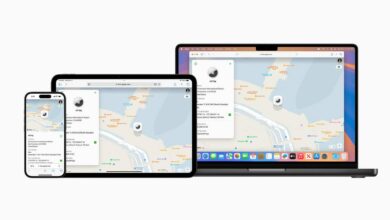Cases of ‘Teflon Flu’ on the Rise. Here’s What You Need to Know About Non-Stick Cookware
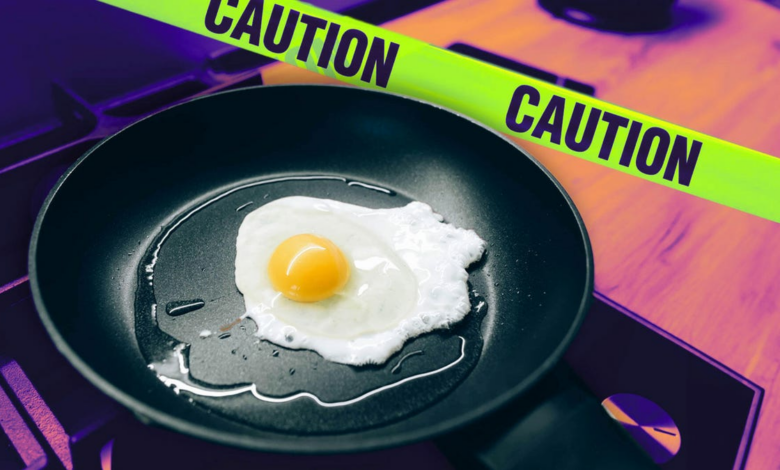
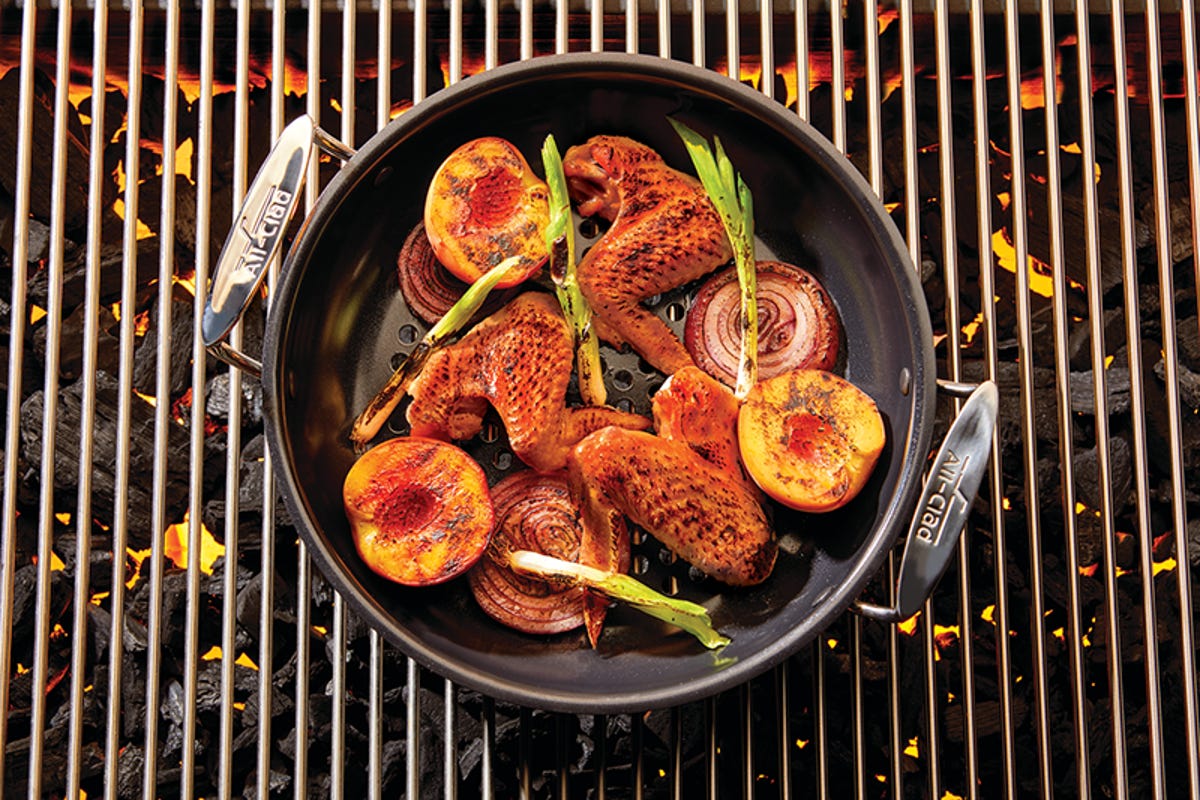

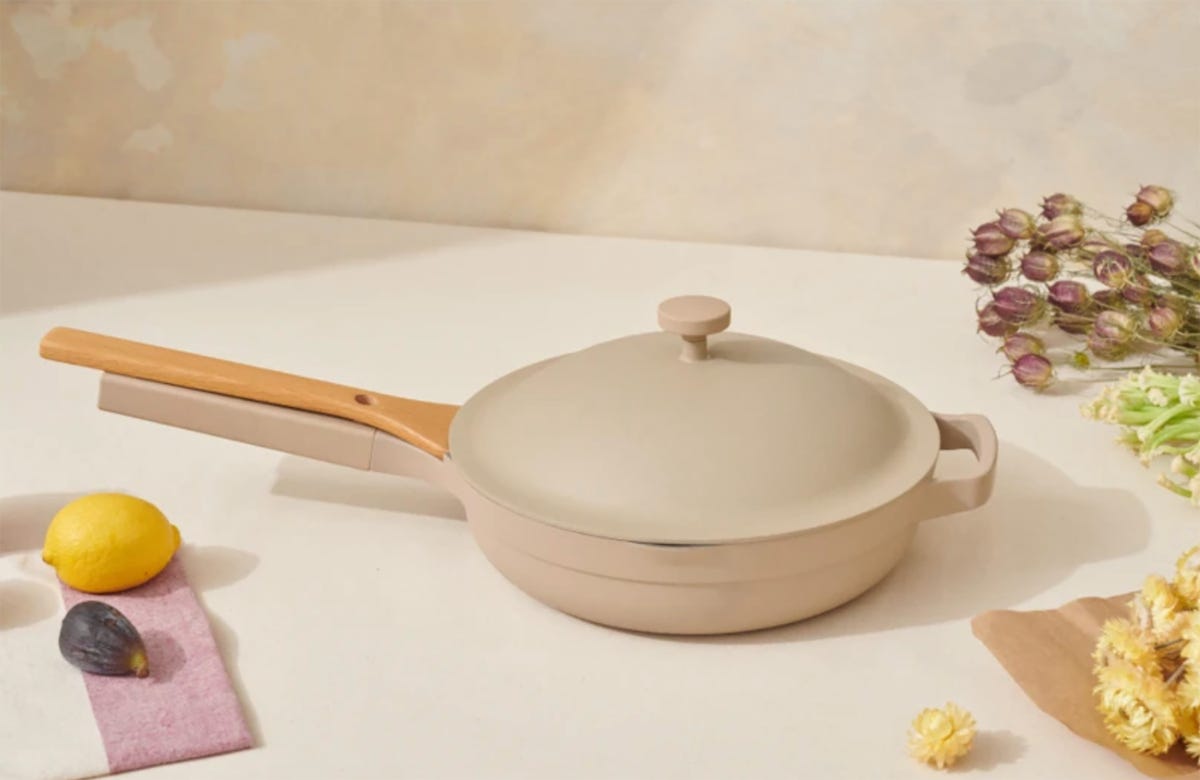
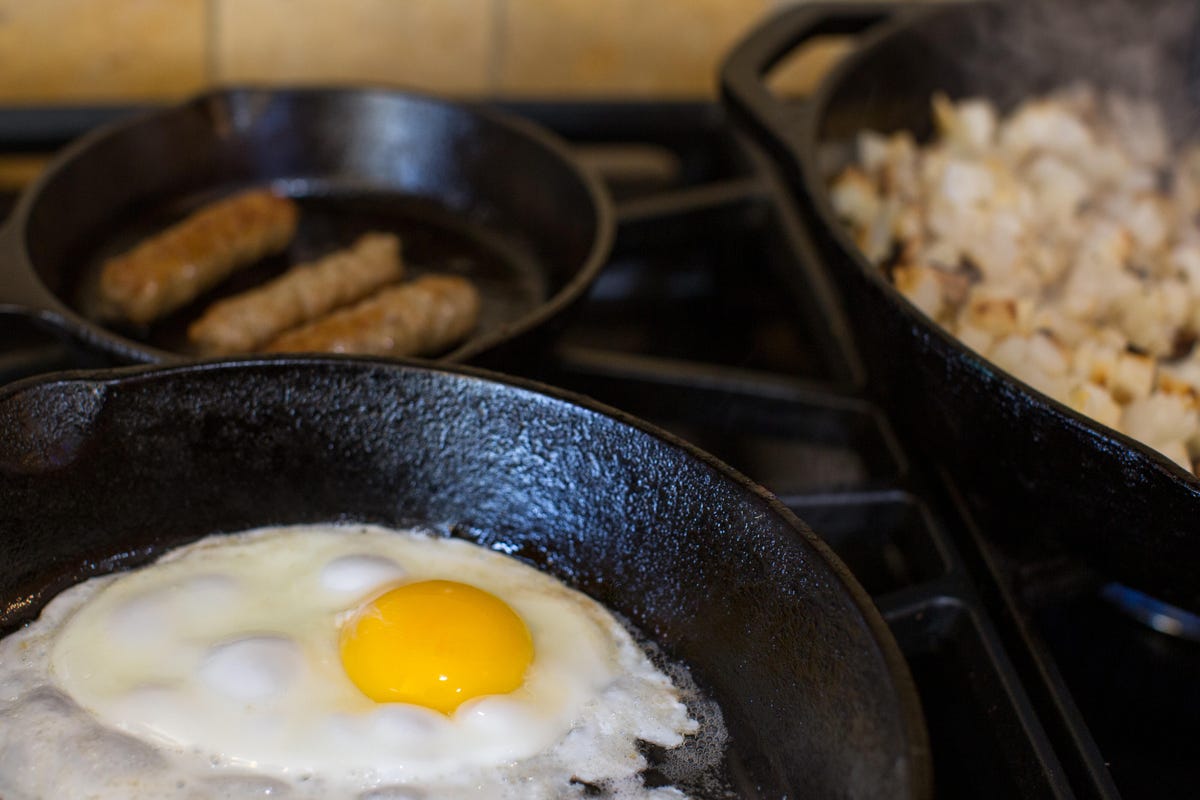
There has been a recent increase in reported cases of an illness linked to the use of non-stick cookware known as “Teflon flu,” according to reportsMore than 250 cases of Teflon Flue, a reference to the proprietary chemical compound used to make the popular non-stick coating, have been reported in the past year, the highest number since 2000.
So what is Teflon Flu and are nonstick pans safe to use? The answer is usually yes, as long as your pans were made after a certain year and you use them properly.
What is Teflon Flu?
Polymer fume fever or “Teflon Flu” has revived a debate over the safety of nonstick pans. The illness occurs when fumes from an overheated Teflon or nonstick pan are inhaled. Nonstick pans are made of polytetrafluoroethylene (also known as PTFE). PTFEs are known as “forever chemicals” because they take hundreds of years to break down.
Under normal use, PTFEs are not thought to pose a health risk, but when heated above 500 degrees F, they can cause increased emissions and the resulting polymer fume fever. Polymer fume fever causes a range of reported symptoms, including fever, chills, muscle tension, and headache. Symptoms of Teflon Flu are temporary and generally begin within 12 hours of exposure, but can take up to 24 hours to manifest.
How do you prevent Teflon flu?
Teflon and nonstick cookware are easy to use, clean, and maintain, but they should only be used for low to medium heat cooking. Never heat your nonstick cookware at high or medium heat for extended periods of time. Try to keep the surface temperature at 450 degrees F, otherwise emissions from the PTFE coating will likely increase.
What is Teflon and is it carcinogenic?
Non-stick or Teflon is a popular choice for home cooks. The great thing is that food doesn’t stick to Teflon coated pots and pans like it does to other metal materials, so it’s easy to flip a pancake or remove a boiled egg. Non-stick is also very easy to clean, generally taking no more than a few seconds to wash by hand.
Teflon is a brand name for a synthetic chemical called polytetrafluoroethylene that is used in many household products, from thread coatings to fabric protectors and even in kitchen cookware. Teflon has been criticized for being unsafe when consumed or absorbed into the body and may increase the risk of cancer and other diseases. While studies have shown some links (more on that below), Teflon is still around and used to make cookware, but the safety concerns surrounding Teflon are largely a thing of the past.
And I emphasize largely. This is why…
Although the brand Teflon may be associated with a cancer risk, it is actually a chemical earlier used in the production of Teflon called PFOA that’s to blame. According to the Centers for Disease Control and Prevention, perfluorooctanoic acid is a perfluorochemical developed in the 1930s that is used to produce fluoropolymer coatings and products that are resistant to heat, oil, stains, grease, and water.

Thanks to a federal ban, all Teflon and nonstick pans made after 2013 should be free of harmful PFOA. Europe introduced a similar ban in 2008.
What are the negative effects of PFOA?
In some studiesPFOA has been linked to cancer, immune deficiencies and a host of other medical problems. It has also been shown to affect growth and development and damage the livers of lab animals.

As recently as 2017, the chemical giant Dupont settled a lawsuit for more than $670 million for its role in contaminating drinking water with PFOA (also known as C-8) in the Mid-Ohio Valley. An earlier class-action lawsuit in the same area in 2004 resulted in a study which showed that PFOA was linked to cancer and weakened immune systems, even in small doses.
Teflon cookware made before 2013 may be toxic
That was enough for most manufacturers to stop producing non-stick coatings with PFOA around 2002. But Teflon with PFOA was not officially banned in the United States until 2014. Europe banned it in 2008. That means If you own Teflon non-stick pans from 2013 or earlier, chances are they contain PFOANine years is generally longer than the average lifespan of a non-stick pan, but if you’re unsure, it’s probably best to replace all pans with a Teflon coating.
If you’re concerned, look for PFOA-free cookware
Due to the ban, all nonstick cookware made in the U.S. should be PFOA-free, but it’s a good idea to be sure. Be extra careful about buying cheap or generic cookware, especially if it’s not made in a country with an active PFOA ban. PFOA is still produced elsewhere, primarily in China, and used to make consumer products.
The good news is PFOA-free non-stick cookware is cheapso there is no reason to take the risk with anything that might contain the chemical. You can buy a 10-inch skillet from a trusted cookware brand like Misen for $33 or Tramontina for about $25. Luxury cookware brand All-Clad makes a 2 piece non-stick cookware set for $50.

The Always Pan is a ceramic non-stick alternative to Teflon cookware.
The Best Alternatives to Natural Non-Stick Cookware
If you’re ready to ditch Teflon and chemical-based non-stick pans altogether, there are plenty of natural non-stick alternatives available.
The most non-stick of the group is ceramic cookwarewhich has seen a surge in popularity since concerns about Teflon first surfaced. Some popular ceramic cookware options include: The Always Pan (Read my full review here), Caraway And Green pan.
Cast iron is another cookware material that develops a natural non-stick surface over time, especially if you season well And take good care of it. It’s probably never going to be as nonstick as Teflon, but cast iron has a lot of other culinary benefits that make it worth a few extra seconds of scrubbing in the sink after use. Lodge is a tried-and-true maker of cast iron cookware: you can get a 10-inch skillet for only $24.

Cast iron develops a non-stick coating over time and is a natural alternative to Teflon.
Carbon steel is another option and functions similarly to cast iron cookware, although it is not as heavy, is a bit more susceptible to corrosion, and is generally more expensive. Carbon steel has not really caught on here in the US, but it is a favorite among professional chefs and myself. Cookware startup Made In makes an excellent blue carbon steel frying pan for around $80, but there are cheaper options available.

